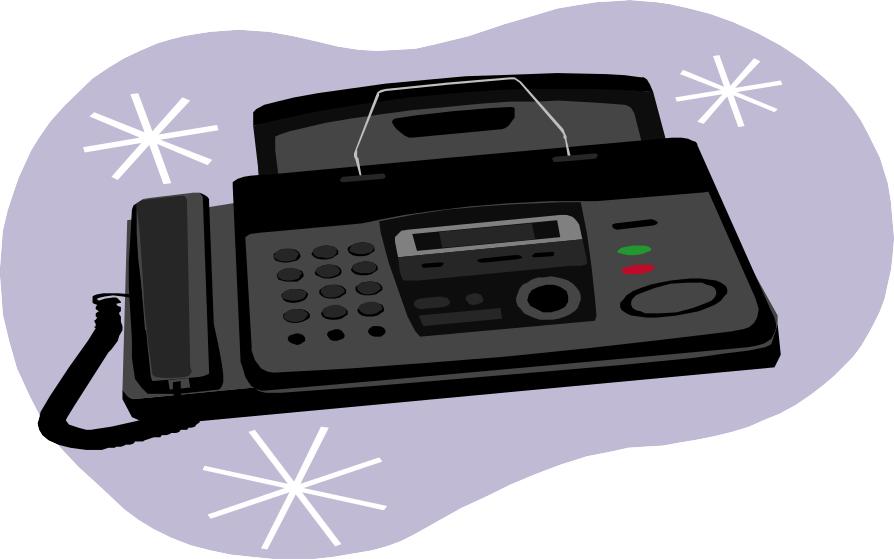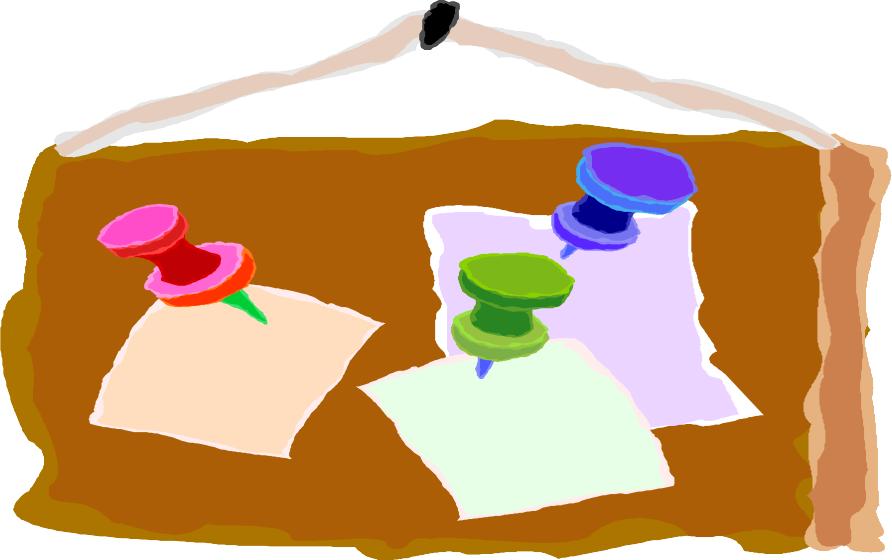
- •Методичні рекомендації
- •Вступ до методичних рекомендацій
- •Unit 1 meeting a business partner
- •I. Language
- •Illustrative Dialogues
- •Translate the Ukrainian phrases into English.
- •Continue the dialogue:
- •II Reading.
- •In the office
- •III. Speaking.
- •IV. Listening.
- •V. Discussion.
- •Unit 2 oranazing a business meeting. Telephoning
- •I. Language
- •I llustrative Dialogues
- •II Reading.
- •III Speaking
- •IV Reading
- •Different ways of business communication
- •Ahbsc@cuatvm.Cuat.Edu
- •V. Writing
- •VI. Listening
- •Telephone techniques
- •VII. Discussion
- •Unit 3 my speciality
- •I. Language
- •II. Reading and comprehension.
- •My speciality
- •III. Language.
- •IV. Comprehension.
- •V. Speaking.
- •VI. Reading and comprehension.
- •Patents
- •VII. Language.
- •VIII. Comprehension.
- •IX. Speaking.
- •X. Listening.
- •Vocabulary:
- •Fiber Selection for fabric and Garment Design
- •Unit 4 standardization
- •I. Language
- •II. Reading and comprehension.
- •Standardization
- •III. Language.
- •IV. Comprehension.
- •V. Speaking.
- •VI. Reading and comprehension.
- •Open standard
- •VII. Language.
- •VIII. Comprehension.
- •IX. Speaking.
- •X. Writing.
- •De facto standard
- •Unit 5 certification
- •I. Language
- •II. Reading and comprehension.
- •Certification
- •III. Language.
- •IV. Comprehension.
- •V. Speaking.
- •VI. Reading and comprehension.
- •Product certification
- •VII. Language.
- •VIII. Comprehension.
- •IX. Speaking.
- •X. Writing.
- •Certification mark
- •Unit 6 business correspondence
- •Language
- •II Reading.
- •Business correspondence
- •The main parts of a business letter are:
- •Addressing an envelope
- •V. Writing.
- •Additional phrases Opening Phrases
- •Binding phrases
- •Closing phrases
- •Unit 7 quality control
- •I. Language
- •II. Reading and comprehension.
- •Quality control
- •III. Speaking.
- •IV. Reading and comprehension.
- •Total quality control
- •IV. Listening.
- •Silk means elegance
- •Unit 8 basic principles of metrology
- •I. Language
- •II. Reading and comprehension.
- •Metrology
- •III. Speaking.
- •IV. Reading and comprehension.
- •Historical Development of Metrology Standards
- •IV. Writing.
- •Industry-specific metrology standards
- •Unit 9 job hunting
- •II Reading
- •Job Hunting
- •III Language
- •IV Oral Practice
- •V. Reading and Comprehension
- •VI. Reading
- •VII. Oral Practice
- •VIII. Discussion
- •IX. Writing
- •Пример анкеты
- •Резюме (Resume)
- •Жизнеописание (Curriculum vitae (cv))
- •Unit 10 company structure
- •I. Language
- •II. Reading
- •Company structure
- •I nternational business styles
- •A department in charge of finding new ideas
- •A person in charge of a company
- •Список рекомендованої літератури:
III Speaking
Exercise 6. Compose and act out your own dialogues. Imagine that your business partner from England is calling you. Use phrases in a bold type from Ex.5 Discuss:
a). the date of his arrival to your town;
b). the aim of his arrival;
c). reserving a room in a hotel for some days.
d). the profession of the visitor;
e). the company he/she works at.
IV Reading
Exercise 7. Read the text:
Different ways of business communication
I n
a business letter, the emphasis is on a high quality appearance.
Letters have to be typed or word-processed accurately on the
company's headed paper with a smart, clear layout. International mail
tends to be slow and in some countries the post is unreliable.
Important documents or valuable items can be sent by registered mail
— or they can
be sent by courier.
n
a business letter, the emphasis is on a high quality appearance.
Letters have to be typed or word-processed accurately on the
company's headed paper with a smart, clear layout. International mail
tends to be slow and in some countries the post is unreliable.
Important documents or valuable items can be sent by registered mail
— or they can
be sent by courier.
A FAX is facsimile copy of a document which is transmitted by normal telephone lines to another fax machine. Some faxes are exactly like letters, some are printed on special fax forms rather like memos, others are simply handwritten messages. The sender of a fax can't be certain if the message has been received perfectly — sometimes lines get missed or are illegible. A fax is not usually a legally binding document.
E-MAIL (electronic mail) is a way of sending messages between computers. The message appears on a screen and can be printed out if necessary. To make e-mail more "personal” some people use punctuation to add happy {: -) or unhappy {: -( faces to their message!

SKYPE is a software application that allows users to make telephone calls over the Internet. Calls to other users of the service and to free-of-charge numbers are free, while calls to other landlines and mobile phones can be made for a fee. Additional features include instant messaging, file transfer and video conferencing (this requires a web-camera)
In a TELEX readers often overlook some errors of spelling and grammar. Abbreviations such as TKS (Thanks) and RGDS (Regards) are common in telexes. The sender knows when each telex has been transmitted and received. A telex can be a legally binding document.
I nternational
mail within a company or between branches of the same firm is usually
in the form of MEMOS:
These may be brief handwritten notes or longer, word-processed
letters. Most firms use special memo pads for internal message. A
memo to a senior English-speaking member of staff may need as much
care as a letter to a client. The style that is used depends on the
practice within the company and on the relationship between the
people involved.
nternational
mail within a company or between branches of the same firm is usually
in the form of MEMOS:
These may be brief handwritten notes or longer, word-processed
letters. Most firms use special memo pads for internal message. A
memo to a senior English-speaking member of staff may need as much
care as a letter to a client. The style that is used depends on the
practice within the company and on the relationship between the
people involved.
E-MAIL ELECTRONIC ADDRESSES
![]()
E-mail addresses are very interesting. At first glance, they are not properly understood to novice, but these short sets of numbers, letters, and symbols can assure their owners of e-mail from anywhere in the world. The most important symbol in an e-mail address is the @ sign, which separates the personal user's identification (user ID) on the left, from the domain, or machine address, on the right. Here's an example of e-mail address:
